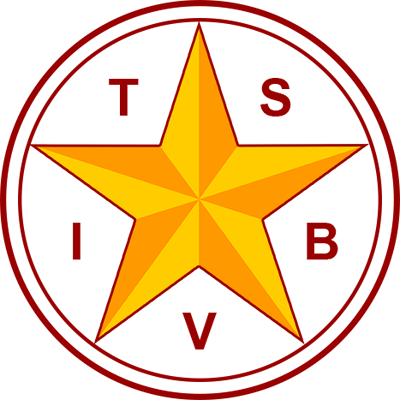Texas Education Agency Updates
Authors: Vicki DePountis, Texas Education Agency, Program Specialist for the Blind and Visually Impaired
Keywords: TEA, blind, visually impaired, Deafblind, special education
Listen to the Article
Exciting things are happening at the Texas Education Agency (TEA)! Over the past year and a half, the agency has completed numerous activities to improve identification, evaluation, and services for students, as well as communication with families. Perhaps most exciting, TEA has increased its capacity to provide technical support by hiring individuals who possess a great deal of expertise in various functional areas related to special education. These program specialists focus on areas including behavior, response to intervention (RTI), educator support, deaf and hard of hearing (DHH), the child centered process, child find and evaluation, low incidence disabilities, high incidence disabilities, family support, post-secondary transition, residential placement, preschool, visual impairment, and state performance plan data. Their primary function is to provide expertise and leadership as it relates to the provision of technical assistance to local education agencies (LEAs) directly, through the educational service centers (ESCs), and through improvements to the existing statewide leadership grant networks and projects.
The program specialist for the blind and visually impaired collaborates with individuals both within and outside the agency to support the unique needs of students who are blind or visually impaired, including students who are DeafBlind (DB). The agency continues to support the Texas Deafblind Project by contracting with the DeafBlind Outreach Team at the Texas School for the Blind and Visually Impaired (TSBVI) to provide training to those working with students who are DeafBlind throughout the state. The new State VI Plan and State DB Plan which set priorities and guide service development and provision for students with visual impairments and DeafBlindness respectively, have been completed. Working with professionals at TSBVI, the Health and Human Services Commission, the Texas Workforce Commission, advocacy groups, and university professional preparation programs will ensure sharing of information and resources.
TEA has also hired twenty-eight liaisons who spend 75% of their time at the regional service centers and 25% of their time at TEA. The liaisons work closely with districts to develop innovative ways to address challenges in special education and improve professional development practices. The liaisons support implementing best practices to address issues such as significant disproportionality. They have technical assistance related to all focus areas, including visual impairment, immediately available. Program specialists and liaisons share information about successful and innovative instructional approaches in order to build capacity throughout the state.
In November of 2016, the agency provided a letter to all school districts that clarified child find obligations, the use of response to intervention strategies, and policies and procedures designed to prevent misidentification and disproportionate representation of students for special education services. The Parent’s Guide to the Admission, Review, and Dismissal Process has been revised to provide additional information for parents. The agency has also developed a corrective action plan to address the three areas of noncompliance identified in the January 10, 2018 letter from the U.S. Department of Education, Office of Special Education Programs (OSEP). TEA leaders facilitated focus group engagement sessions with various stakeholders in each of the twenty regional education service centers. Separate sessions were hosted for educators, administrators, families, and students, and all attendees were encouraged to provide input about the draft plan. In addition to the face-to-face visits, an online survey was available on the TEA website to gather input from a wide range of perspectives across Texas. TEA leadership also met on a bi-weekly basis with representatives from the special education advocacy community. Additionally, TEA staff interacted at multiple meetings and conferences at which input and feedback was sought throughout the progression of the plan’s development. While waiting for feedback from OSEP, TEA continues to identify and engage in activities that clarify the differences between RTI, the state dyslexia program, Section 504, and IDEA. The TEA continues its commitment to working toward the vision that every child in Texas is an independent thinker and will graduate prepared for success in college, a career, or the military, and as an engaged and productive citizen.
